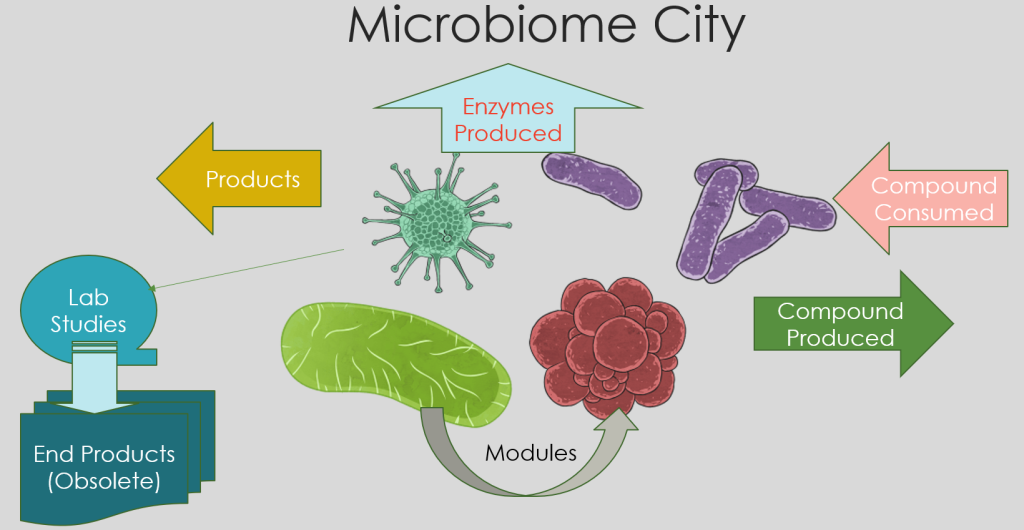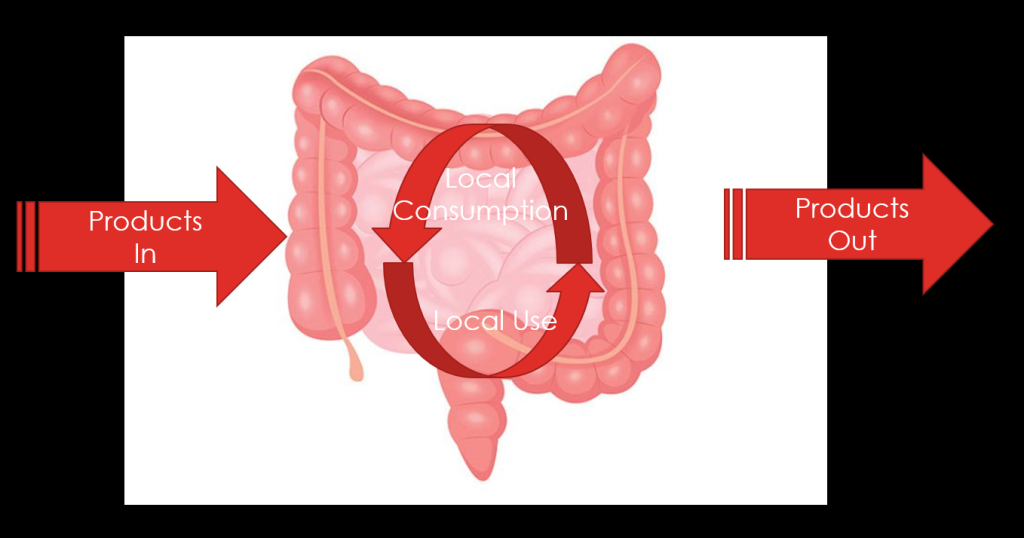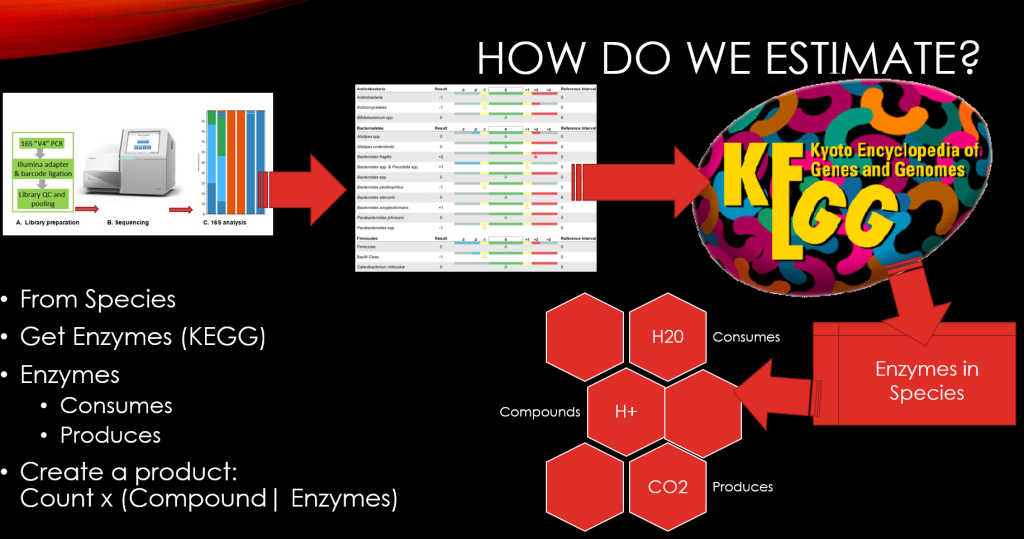This is a special, off topic post resulting from some readers request. It is particularly important in the face of Omicron.
As always, I use gold standard sources:
Off-Label use of some Prescription Medicine
- Bacillus calmette-guerin [Tuberculosis] vaccination. [2021] decrease risk by 50%
- “Despite some controversies, numerous studies have reported a significant association between the use of ACE inhibitors and reduced risk of COVID-19″ [2021]
- “The results obtained from this study showed that Ramipril, Delapril and Lisinopril could bind with ACE2 receptor and [SARS-CoV-2/ACE2] complex better” [2021] – these are often prescribed for high blood pressure and appear to drop the levels of ACE2 significantly within a week.
Supplements
There is a mountain of speculation and few actual trials (Traditional medicines prescribed for prevention of COVID–19: Use with caution.). Often the criteria to suggest something is the belief that the substance will improve the immune function. This is actually a two edge sword — a stronger immune response can make someone sicker. Herbal Immune Booster-Induced Liver Injury in the COVID-19 Pandemic – A Case Series [Dec 2021]. Other suggestions are based on treating symptoms like coagulation with serrapeptase — suggested but not tested. Others on their impact on interleukins. virus titers, and interferon (IFN – for example from probiotics — again, suggested/speculated with no clinical trials.[See Probiotics Against Viruses; COVID-19 is a Paper Tiger: A Systematic Review [2021]
- “The findings from our study suggest that zinc supplementation in all three doses (10, 25, and 50 mg) may be an effective prophylaxis of symptomatic COVID-19 and may mitigate the severity of COVID-19 infection. “[2021]
- “This meta-analysis indicates a beneficial role of vitamin D supplementation on ICU admission, but not on mortality, of COVID-19 patients.” [2021]
- ” There is no data from interventional trials clearly indicating that vitamin-D supplementation may prevent against COVID-19.” [Dec 2021]
- “Evidence supporting the therapeutic use of HDICV(high-dose intravenous vitamin C) in COVID-19 patients is lacking.” [2021]
- Withania somnifera [Ashwagandha] showed the highest binding affinity and best fit … may reduce the glycosylation of SARS-CoV-2 via interacting with Asn343 and inhibit viral replication. [2021]
- Withania somnifera as a safer option to hydroxychloroquine in the chemoprophylaxis of COVID-19: Results of interim analysis [2021]
- “. Overall, the simulation run confirms the stability and rigidity of the interactions of Withanolide R and 2,3‐Dihydrowithaferin A from Withania somnifera to be the most potent phytochemical inhibitor for the main protease and the spike protein respectively. ” [2020]
- More studies
- “The study found a reduced risk of COVID-19 infection in participants receiving neem(Azadirachta Indica A. Juss) capsules” [2021]
Items with In Vitro Evidence that it may help
Remember that In Vitro often fails to reproduce with humans.
After Infection
In theory, some of these items may slow the infection by slowing the mechanisms of the infection.
- “Network Pharmacology Reveals That Resveratrol Can Alleviate COVID-19-Related Hyperinflammation” [2021[
- This search gives other interesting leads for substance that may help based on Network Pharmacology, many of them are herbs used in Chinese medicine. Some candidates are:
- Selenium [2021]
Bottom Line
If you find additional gold standard studies done on actual people, please forward them to me for inclusion on this page.




































Recent Comments